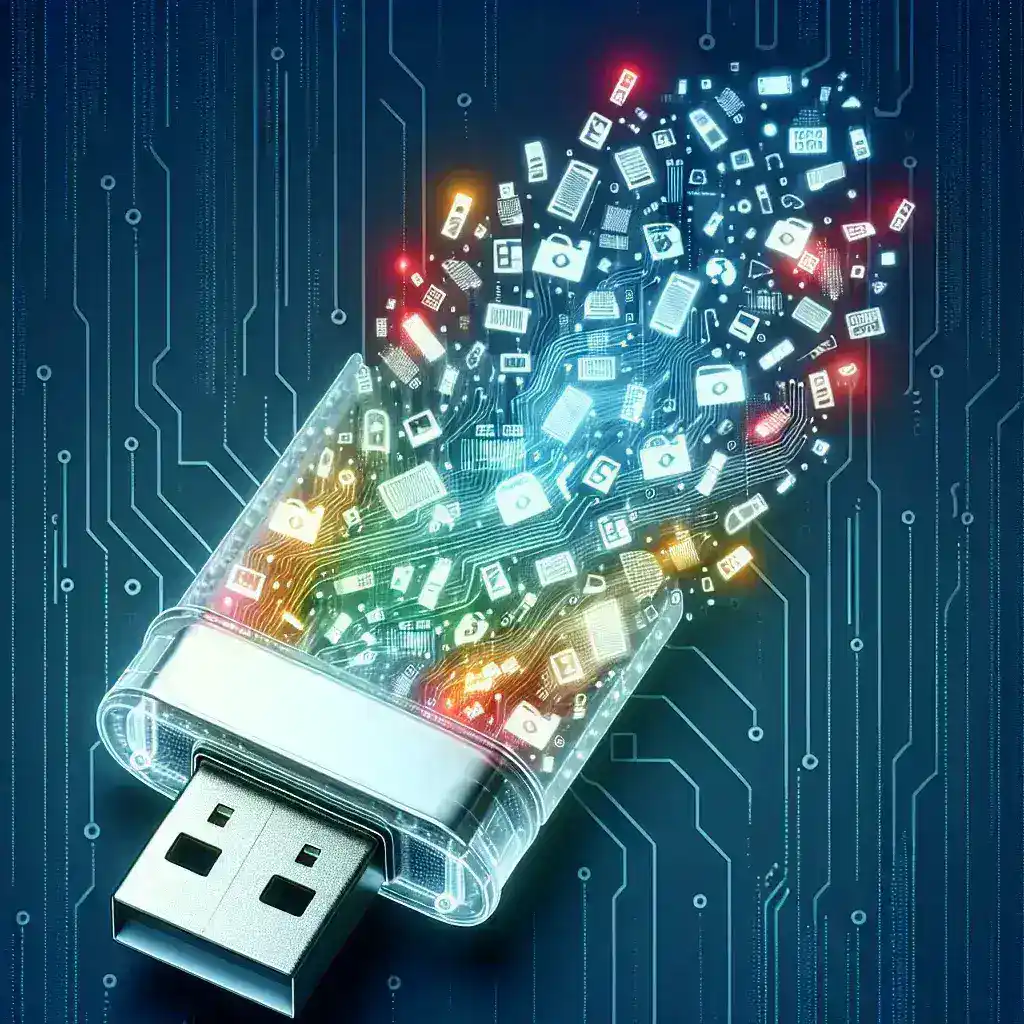Introduction
Accidentally deleting important files from a FAT32-formatted USB drive can be a distressing experience. Whether it’s cherished photos, crucial documents, or vital work files, the good news is that recovery is often possible. This article delves into the process of recovering deleted files from a FAT32 USB drive, exploring the underlying file system, reasons for file deletion, and effective recovery methods.
Understanding the FAT32 File System
FAT32, or File Allocation Table 32, is a widely used file system known for its compatibility across various operating systems, including Windows, macOS, and Linux. While it’s reliable for general storage purposes, FAT32 has limitations, such as a maximum file size of 4GB and potential data fragmentation, which can complicate file recovery processes.
Reasons Files Might Be Deleted
Files on a USB drive can be deleted for numerous reasons, including:
- Accidental Deletion: Unintentionally removing files while managing storage.
- Formatting Errors: Displaying issues that might lead to accidental formatting and data loss.
- Virus or Malware Attacks: Malicious software can corrupt or delete files.
- File System Corruption: Hardware failures or improper ejections causing data corruption.
Data Deletion and Recovery
When a file is deleted from a FAT32-formatted USB drive, the system doesn’t immediately erase the data. Instead, it marks the space as available for new data. This means that as long as the space hasn’t been overwritten, there’s a good chance to recover the deleted files using appropriate recovery tools and methods.
Steps to Recover Deleted Files from FAT32 USB Drive
1. Stop Using the USB Drive
Once you realize that you’ve deleted important files, immediately stop using the USB drive. Continued use increases the risk of overwriting the deleted data, making recovery more difficult or even impossible.
2. Choose the Right Recovery Software
Selecting reliable data recovery software is crucial for successful file retrieval. There are numerous tools available, both free and paid, each offering different features and levels of efficiency.
3. Install and Run the Recovery Software
Download and install the chosen recovery software on your computer. It’s recommended to install the software on a different drive than the USB to prevent overwriting any data you aim to recover.
4. Scan the USB Drive
Launch the recovery software and select the FAT32 USB drive as the target for scanning. The software will analyze the drive for deleted files that can be recovered.
5. Preview and Recover Files
After the scan is complete, the software will display a list of recoverable files. Preview the files to ensure they are intact, then select the ones you wish to restore. Choose a different location to save the recovered files to avoid overwriting other data on the USB drive.
Recommended Data Recovery Tools
Recuva
Recuva is a popular free tool that offers a user-friendly interface and efficient recovery capabilities. It supports FAT32 and can recover a wide range of file types.
EaseUS Data Recovery Wizard
EaseUS is known for its robust recovery features and supports multiple file systems, including FAT32. It offers a free version with limited recovery capacity and a paid version for extensive needs.
Disk Drill
Disk Drill provides comprehensive data recovery solutions with an intuitive interface. It supports FAT32 and is effective in recovering lost files from various storage devices.
TestDisk
TestDisk is a powerful open-source tool designed for data recovery and partition repair. While it has a steeper learning curve, it’s highly effective for advanced recovery tasks.
Best Practices to Prevent Data Loss
- Regular Backups: Regularly back up important files to multiple storage mediums to minimize the risk of data loss.
- Safe Ejection: Always safely eject USB drives to prevent file system corruption.
- Use Reliable Storage Devices: Invest in high-quality USB drives to reduce the likelihood of hardware failures.
- Install Antivirus Software: Protect your USB drives from viruses and malware that can cause data loss.
FAQs
Can I Recover Files Deleted from a FAT32 USB Drive?
Yes, it is possible to recover deleted files from a FAT32-formatted USB drive using data recovery software, provided the data hasn’t been overwritten.
Is It Safe to Use Free Recovery Tools?
While many free recovery tools are safe and effective, it’s essential to choose reputable software to avoid potential malware risks.
How Long Does Data Recovery Take?
The time required for data recovery depends on the size of the USB drive and the extent of data loss, but most recoveries can be completed within a few hours.
Can All Deleted Files Be Recovered?
Not all deleted files can be recovered. The success of recovery depends on whether the data has been overwritten and the condition of the USB drive.
Conclusion
Recovering deleted files from a FAT32-formatted USB drive is feasible with the right tools and prompt action. By understanding the FAT32 file system, choosing effective recovery software, and following best practices, you can enhance your chances of successfully retrieving lost data. Always remember to back up important files regularly to prevent future data loss scenarios.

